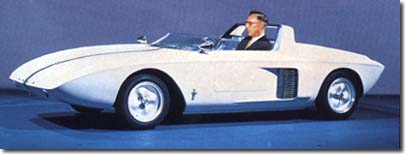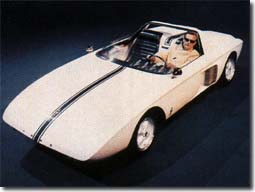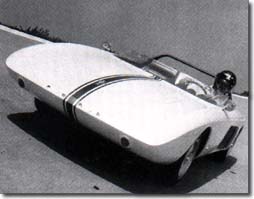
The Pony Express

Michael Lamm recounts the development of Ford's 196 Mustang the first mid-engine throust toward Total Performance.

The Pony Express

Michael Lamm recounts the development of Ford's 196 Mustang the first mid-engine throust toward Total Performance.
Horse of a Different Color
 The Mustang I advanced quickly from concept sketches to package drawings conforming with the engineering specifications that were being laid down simultaneously. Najjar recalls that his studio's full-sized drawings contained the suggestion of a tubular spaceframe, and Ray Smith, the studio engineer, added the popup headlights, retractable license plate, fixed seats, and adjustable-reach steering and pedals.
The Mustang I advanced quickly from concept sketches to package drawings conforming with the engineering specifications that were being laid down simultaneously. Najjar recalls that his studio's full-sized drawings contained the suggestion of a tubular spaceframe, and Ray Smith, the studio engineer, added the popup headlights, retractable license plate, fixed seats, and adjustable-reach steering and pedals.
Trail Boss
Mixed Breed

The Fast Roundup
Put to the Whip
Old Paint
Want more information? Search the web!
Search The Auto Channel!